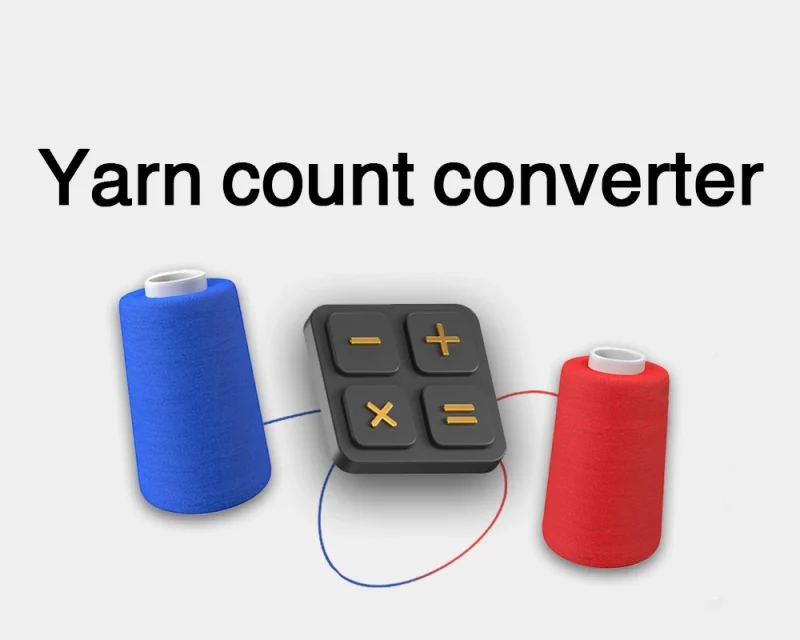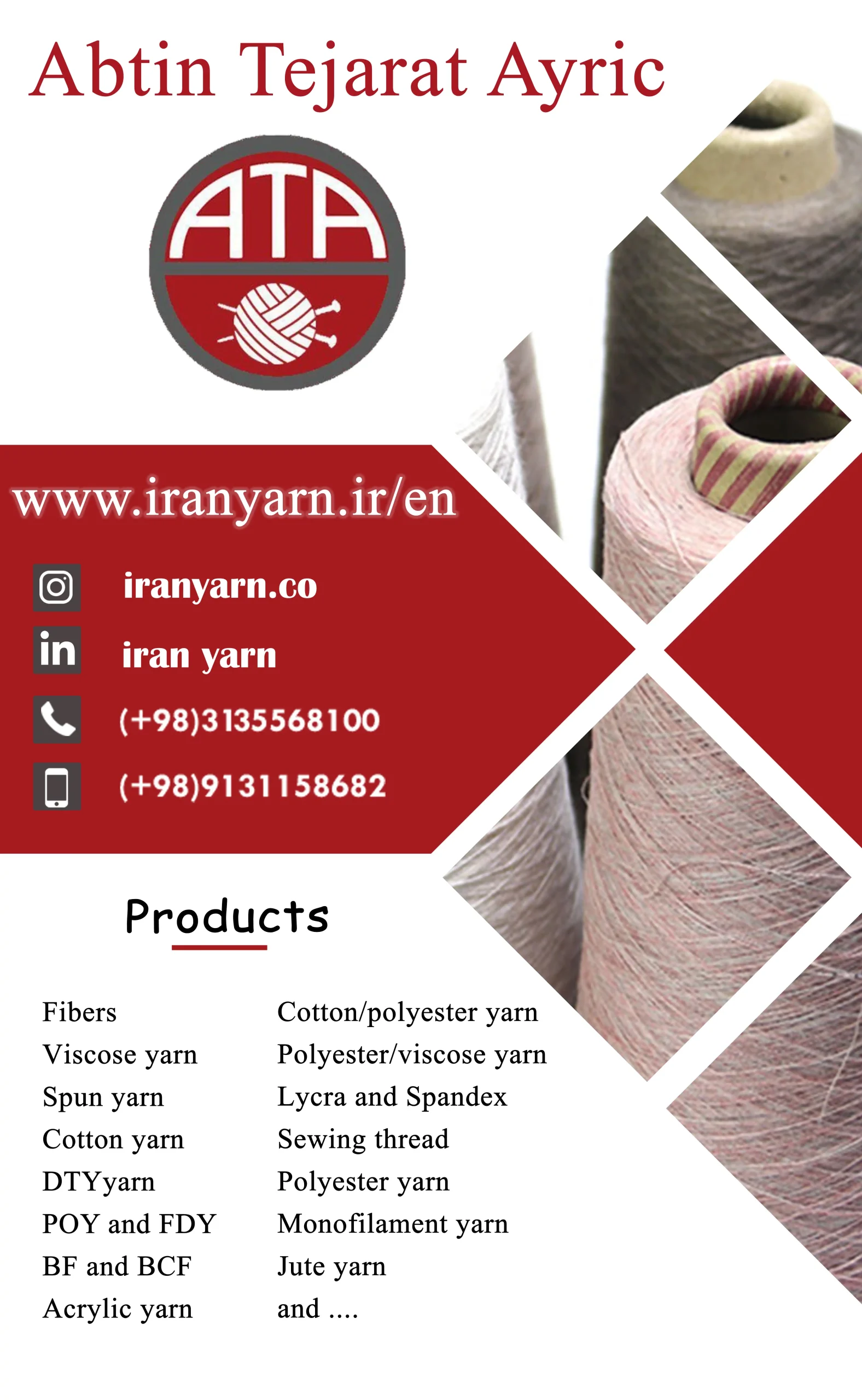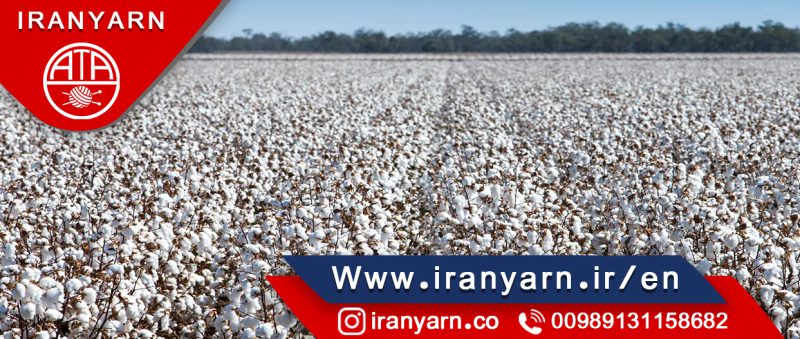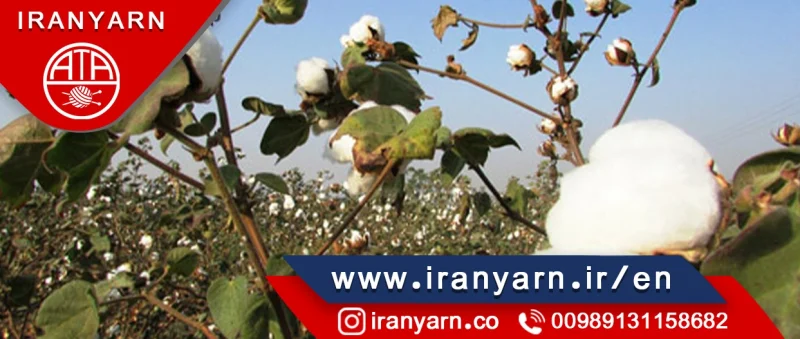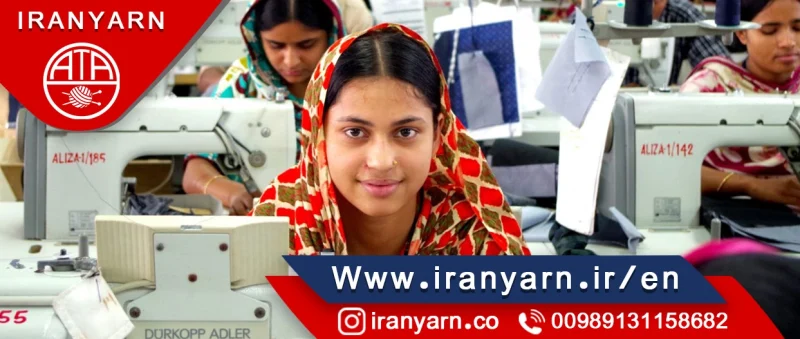Acrylic fibers are synthetic fibers made from a polymer (polyacrylonitrile) with an average molecular weight of ~100,000, about 1900 monomer units. To be called acrylic in the U.S, the polymer must contain at least 85% acrylonitrile monomer. Typical comonomers are vinyl acetate or methyl acrylate. DuPont created the first acrylic fibers in 1941 and trademarked them under the name Orlon. Acrylic is also called acrilan fabric.[1] It was first developed in the mid-1940s but was not produced in large quantities until the 1950s. Strong and warm, acrylic fiber is often used for sweaters and tracksuits and as linings for boots and gloves, as well as in furnishing fabrics and carpets. It is manufactured as a filament, then cut into short staple lengths similar to wool hairs, and spun into yarn.
Modacrylic is a modified acrylic fiber that contains at least 35% and at most 85% acrylonitrile monomer. The comonomers vinyl chloride, vinylidene chloride or vinyl bromide used in modacrylic give the fiber flame retardant properties. End-uses of modacrylic include faux fur, wigs, hair extensions and protective clothing.
Production
The polymer is formed by free-radical polymerization in aqueous suspension. The fiber is produced by dissolving the polymer in a solvent such as N,N-dimethylformamide or aqueous sodium thiocyanate, metering it through a multi-hole spinnerette and coagulating the resultant filaments in an aqueous solution of the same solvent (wet spinning) or evaporating the solvent in a stream of heated inert gas (dry spinning). Washing, stretching, drying and crimping complete the processing. Acrylic fibers are produced in a range of deniers, typically from 0.9 to 15, as cut staple or as a 500,000 to 1 million filament tow. End uses include sweaters, hats, hand-knitting yarns, socks, rugs, awnings, boat covers, and upholstery; the fiber is also used as “PAN” precursor for carbon fiber. Production of acrylic fibers is centered in the Far East, Turkey, India, Mexico, and South America; though a number of European producers still continue to operate, including Dralon and Fisipe. US producers have ended production, though acrylic tow and staple are still spun into yarns in the USA. Former U.S. brands of acrylic were Acrilan (Monsanto), Creslan (American Cyanamid), and Orlon (DuPont). Other brand names that are still in use include Dralon (Dralon GmbH) and Drytex (Sudamericana de Fibras, S.A.).
Textile uses
Acrylic is lightweight, soft, and warm, with a wool-like feel. It can also be made to mimic other fibers, such as cotton, when spun on short staple equipment. Some acrylic is extruded in colored or pigmented form; other is extruded in “ecru”, otherwise known as “natural,” “raw white,” or “undyed.” Pigmented fiber has highest light-fastness. Its fibers are very resilient compared to both other synthetics and natural fibers. Some acrylic is used in clothing as a less expensive alternative to cashmere, due to the similar feeling of the materials. Some acrylic fabrics may fuzz or pill easily, though there are low-pilling variants. Acrylic takes color well, is washable, and is generally hypoallergenic. End-uses include socks, hats, gloves, scarves, sweaters, home furnishing fabrics, and awnings.
Acrylic is resistant to moths, oils, chemicals, and is very resistant to deterioration from sunlight exposure.
Acrylic is the “workhorse” hand-crafting fiber for crafters who knit or crochet; acrylic yarn may be perceived as “cheap” because it is typically priced lower than its natural-fiber counterparts, and because it lacks some of their properties, including softness and propensity to felt. The fiber requires heat to “relax” or set the shape of the finished garment, and it isn't as warm when wet as alternatives like wool. Some hand-knitters also complain that the fiber “squeaks” when knitted, or that it is painful to knit with because of a lack of “give” or stretch in the yarn. On the other hand, it can be useful in certain items, like garments for babies, which require constant washing, because it is machine-washable, hypo-allergenic, and extremely color-fast.
Properties of Acrylic Yarn
- Variety of colors easily available;
- Comes in all weights and sizes;
- Inexpensive;
- Machine washable;
- Has good elasticity (stretch capability and memory);
- Not as strong as other synthetic fibers (e.g. nylon and polyester);
- Some are made lightweight and soft; some are stiff and scratchy;
- Resistant to moths, mildew damage, oils, chemicals, deterioration from sunlight;
- Can be made to copy other fibers;
- Hypoallergenic;
- Wicks moisture away;
- Does not stain;
- Requires heat to block; and
- Not as warm as other alternatives, like wool.
Benefits of Acrylic Yarn
Whenever you want to give a handmade item to someone, you have to make sure they are not allergic to the material you used. Some people are allergic to wool or any other natural fiber. Acrylic yarns will be your go-to material as it is hypoallergenic and comes in a whole array of colors.
Not to mention the fact that it is machine washable and is quite low maintenance compared to other fibers. Just tell the receiver to not iron your handmade gift and they will be all set. It is also quite durable and should last as heirloom pieces for their kids and grandchildren.
The most important benefit of using acrylic yarn, in my opinion, is that it is very inexpensive. When you are just starting out with crochet or knitting, you want to start making small, easy projects and acrylic is the cheapest way to go about creating simple, durable items.
Uses of Acrylic Yarn
While some might not like its stiffness, if you have no intention of wearing the project or putting it against your skin, its toughness can be a good thing, as it is known to be tougher than other natural fibers. There are several brands out there that sell soft yarns made with 100% acrylic that are indeed soft to put against your skin. While these yarns tend to be more expensive than the normal ones, you will find that they are still cheaper than natural fibers.
Acrylic yarns will not felt or shrink when you put them in the washing machine. Because it is low maintenance, items that need frequent washing (e.g. children's clothes or blankets) are usually made with this material. Due to the need for hypoallergenic things, especially when it comes to newborns, baby yarns made from 100% acrylic are very popular.
Acrylic is lighter than other fibers, like cotton. This makes acrylic a good material for making afghans or blankets, providing warmth without being heavy.
Due to some of its properties, acrylic is a popular material for blending with other fibers. Love the feel of wool but hate that it splits while you work? Why not use two strands at the same time, one wool, one acrylic, to make the best of both worlds? You get the property of warmth from the wool with the durability from the acrylic. Yarns made from natural fiber blended with acrylic are good alternatives if you are on a tight budget.




